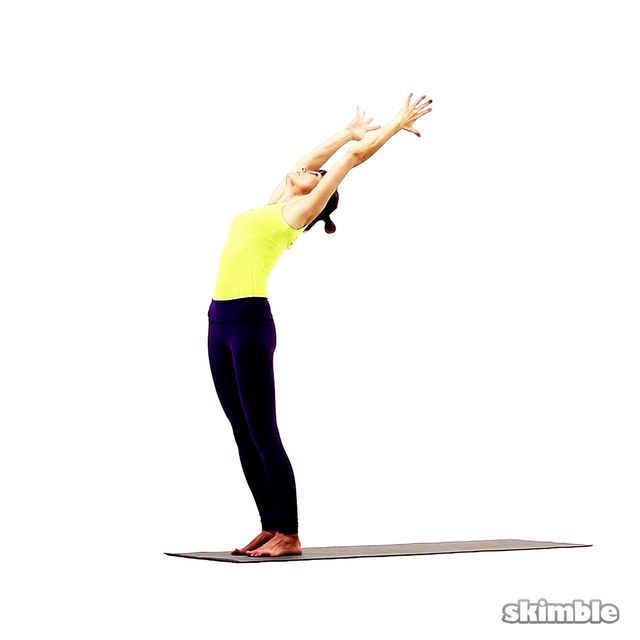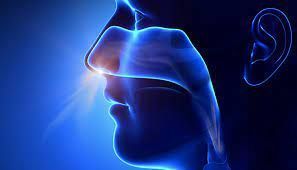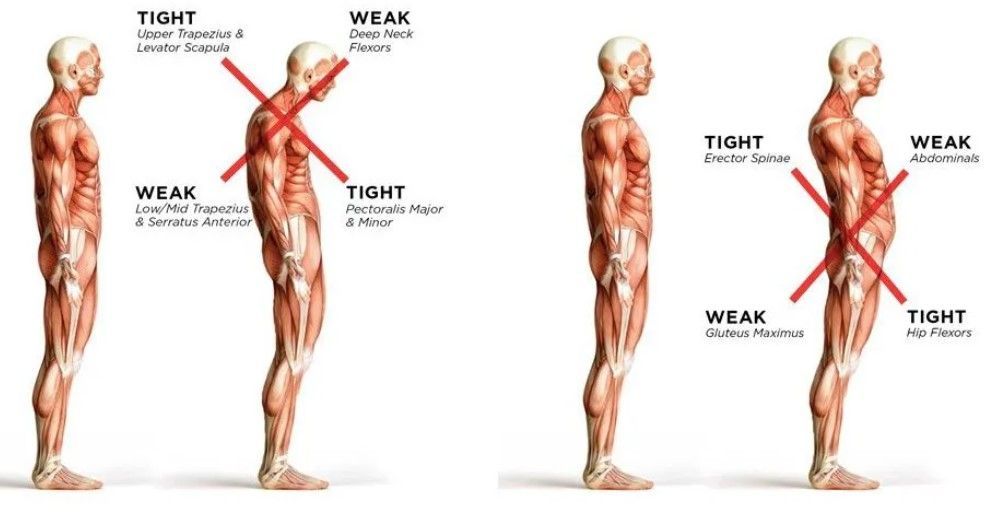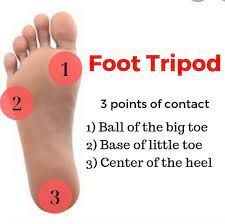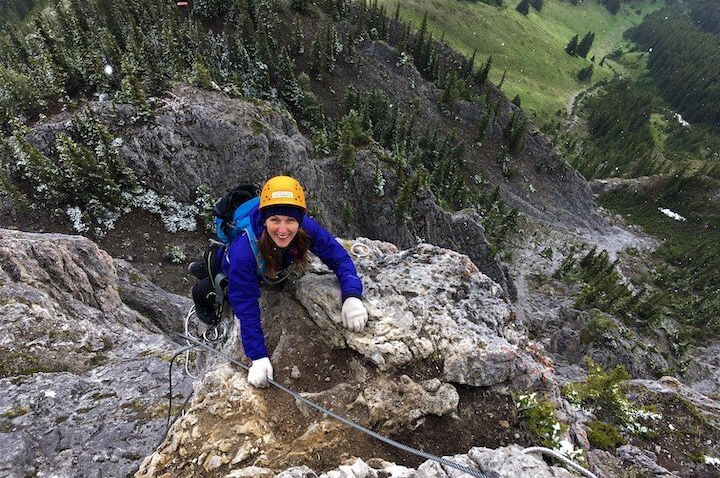Healthy Shoulders Start with Understanding Them
Healthy Shoulders Start with Understanding Them
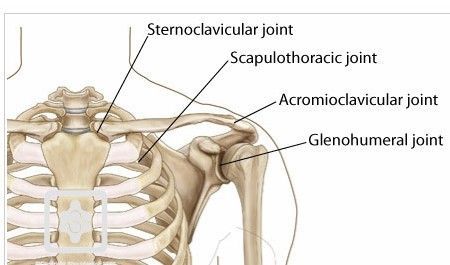
Shoulder pain or limited range of motion with your arm is common. When one muscle is overworking, and another is underworking it restricts the movement of the arm by causing pain. It's important to understand the different components that make up the shoulder to improve your function. The rotator cuff muscles are commonly blamed for pain or causing dysfunction yet with four different joints playing into the shoulder there is a lot that can go wrong.
The shoulder has an intricate design to allow our arms to move in a wide range of motions. In fact, the shoulder girdle itself floats to permit increased movement. Greater range of motion also leaves us vulnerable to possible imbalances or injuries. Understanding the joints that comprise the shoulder helps us assess and keep our shoulders healthy.
Think of the shoulder girdle like shoulder pads on a football player. They sit on top of the rib cage. Amazingly our shoulder girdle connects to our torso in the front of our body at the sternoclavicular joint, where the clavicle and sternum come together. See the picture above. This joint allows the clavicle to lift slightly so we can move our arm overhead.
Follow the clavicle along laterally and you'll notice another joint. The acromioclavicular joint is formed where the clavicle and scapula come together. Imbalance in this joint gives us pain or restriction when lifting our arm overhead. Dysfunction here may also present as one shoulder lower than the other, indicating that the upper trapezius muscle is locked long.
The scapula (aka shoulder blade) and the posterior ribcage form another joint referred to as the sternoclavicular joint. The scapula must move freely, or it will restrict movement of the arm. A common area to hold emotional tension is along the inside edge of the scapula. Those muscles get tense and trigger points emerge. Sometimes it is as simple as massaging the tissue and other times we need to rebuild functional movement coordinating the tissue. See the attached video for a self-assessment of shoulder blade protraction and retraction.
Function and stability are needed in these first three joints before we can look at how the arm bone moves in the glenohumeral joint (aka the socket). If the other three joints are not moving well their dysfunction will show up in how the arm bone does or doesn't move. In many instances the rotator cuff muscles are overworking because one of the other joints is imbalanced.
Interested in eliminating your shoulder pain or improving your movement, schedule a movement therapy session.
